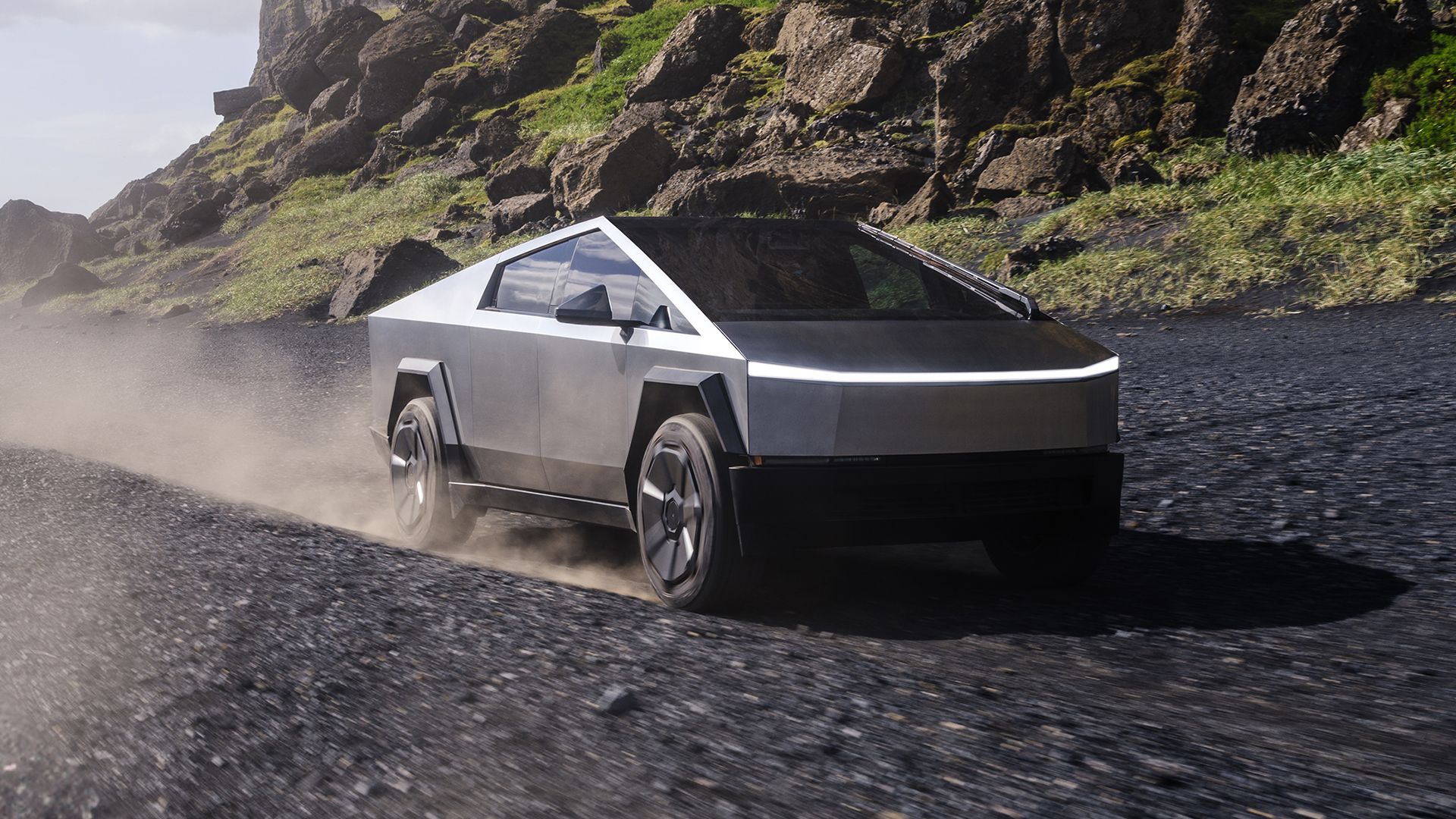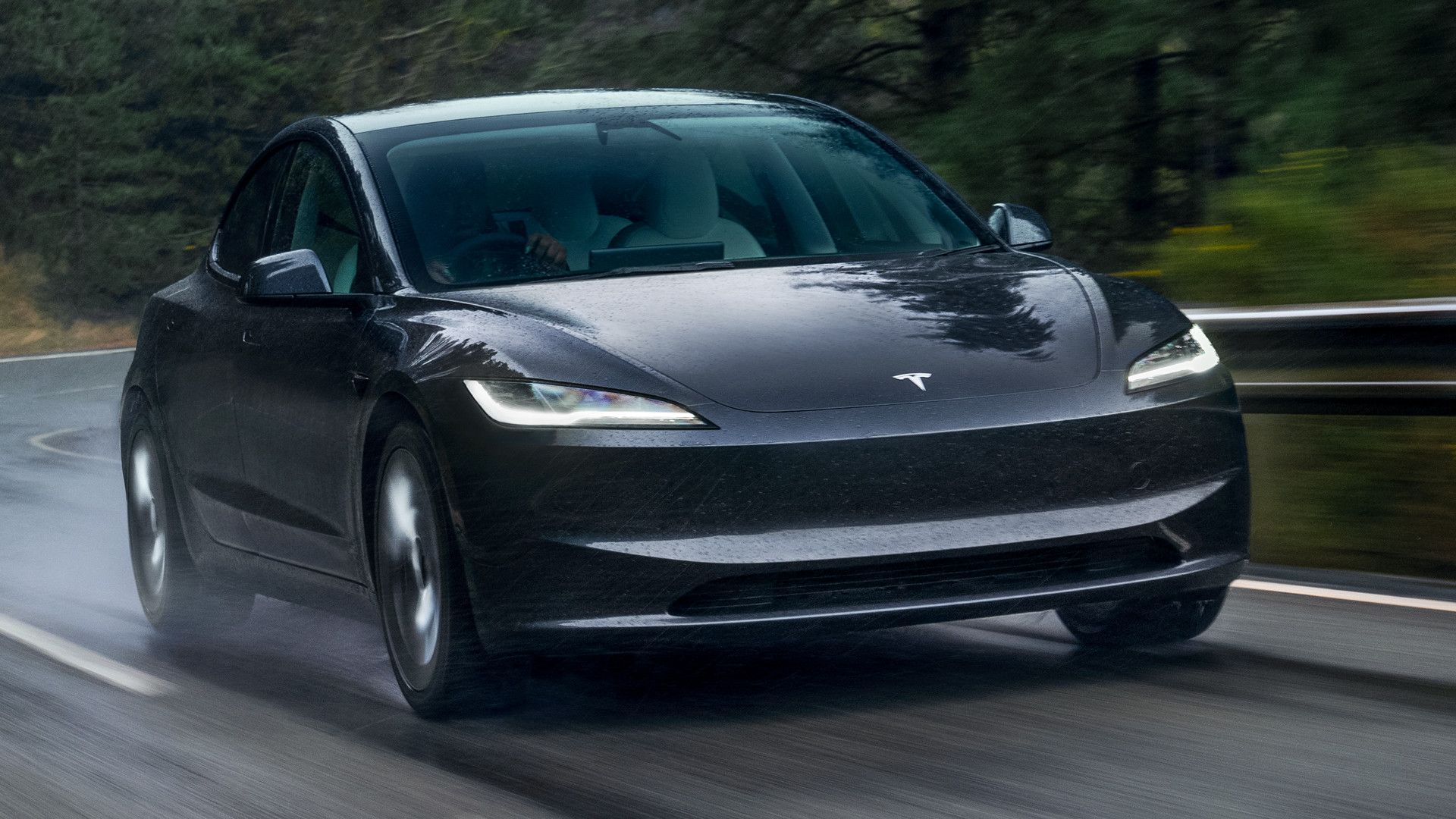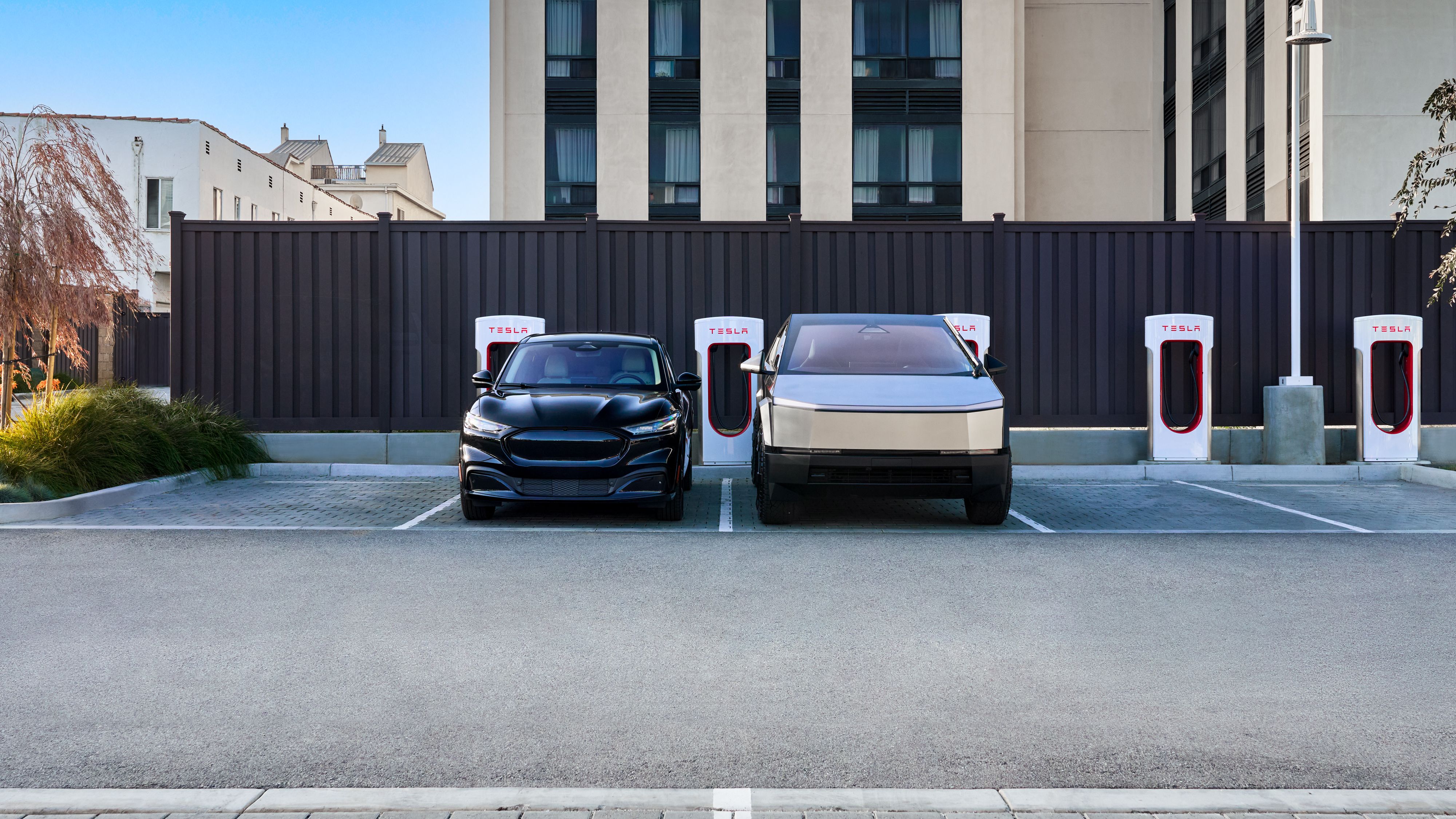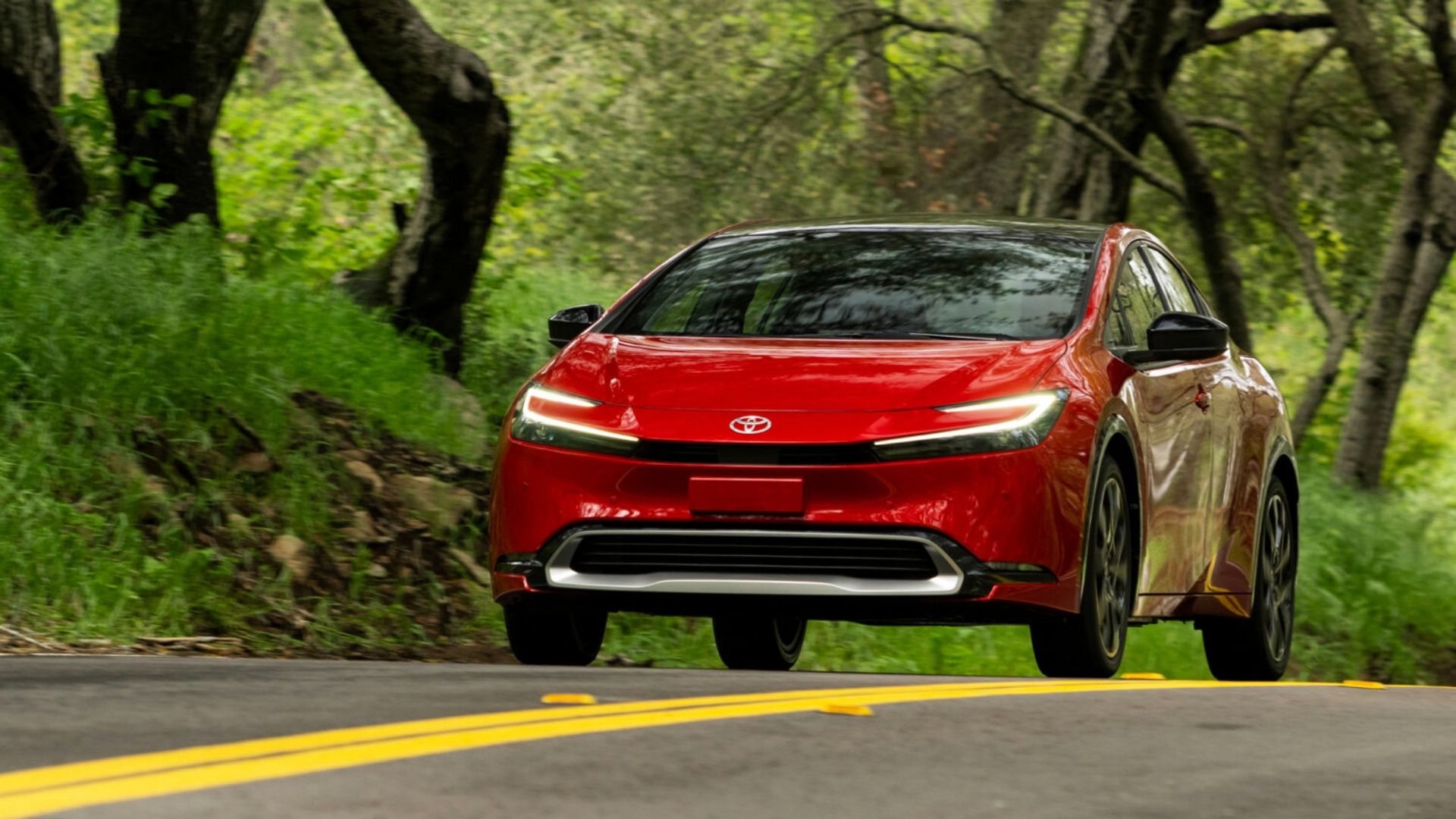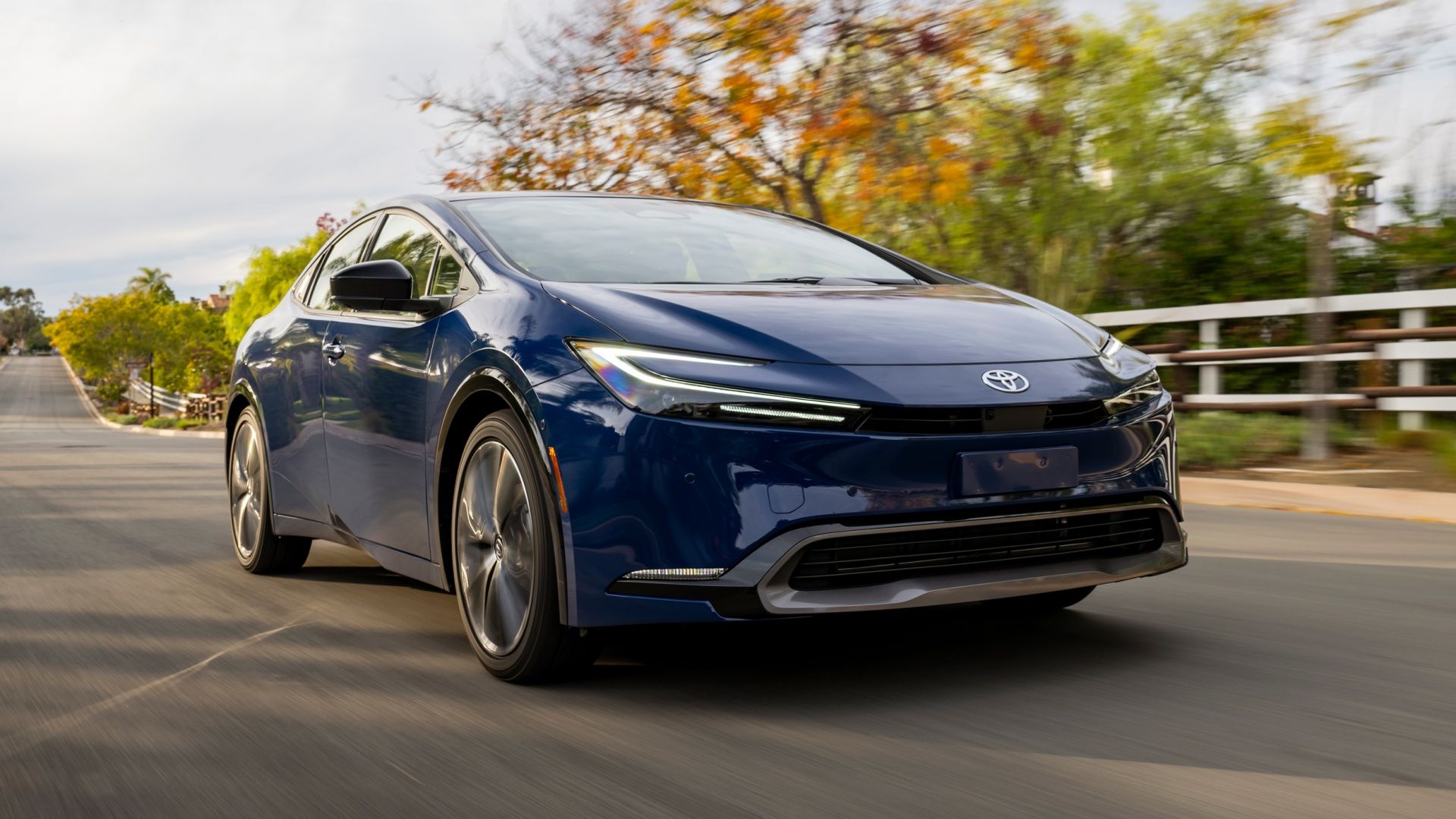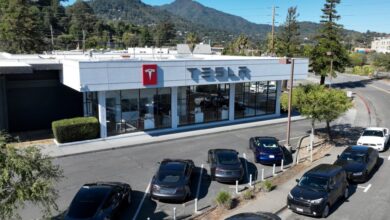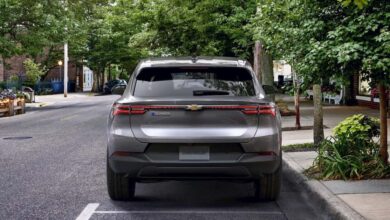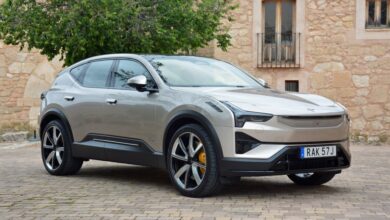7 Reasons Why Hybrids Are Still Better Investments Than EVs

A significant trend for 2024 is the slashing of EV prices as automakers respond to slowing sales. Tesla has been dropping its prices by the thousands across the board, and Jaguar Land Rover went from six planned new EVs by 2026 down to four.
Related
Tesla Cuts Prices To Combat Declining EV Sales
Electric vehicle giant Tesla isn’t immune to plummeting EV sales and the rise of Chinese imports and, in response, is cutting prices across the board.
Conversely, the hybrid business is currently booming. Ford’s F-150 hybrid, in particular, almost doubled its sales numbers in April, even as the automaker suffered a billion-dollar loss in the EV division. It may have seemed at one point as if EVs were primed to replace hybrids completely, but as it turns out, hybrids are currently winning the race. Here’s what you need to know about this market shift and why we think hybrids and plug-in hybrids are better investments than EVs.
The Difference Between HEV, PHEV, And BEV
Before we proceed, we’ll be using these abbreviations quite a bit, so let’s clarify what we mean.
- BEV: Battery Electric Vehicle
- PHEV: Plug-in Hybrid Electric Vehicle
- HEV: Hybrid Electric Vehicle
Explained simply, a BEV is powered entirely by a lithium-ion battery pack. There is no combustion system onboard and no need to refuel with gasoline. When people use the EV abbreviation, they typically refer to a BEV.
An HEV uses a hybrid combustion/electric propulsion system, and it can be run solely on gas or electricity for very short distances. There is no plug-in system and no way to recharge an HEV with external power. An HEV recharges its small battery using regenerative braking.
A PHEV can be plugged into a charging station, just like an EV, and it can work on gas, electricity, or both. A PHEV typically has a bigger battery pack and a longer battery-only range than an HEV. The industry standard is nearing 50 miles of electric-only range.
With all that in mind, why is it that hybrids are outselling EVs in 2024?

Related
The Difference Between HEV And PHEV Engines
Are plug-in hybrids that different from regular hybrids?
EV Prices Are Still Too High
Even with recent price drops, we haven’t quite reached the tipping point regarding electric vehicle pricing. Kelley Blue Book’s parent company, Cox Automotive, currently lists the average price of an electric car at an MSRP of around $55,242, with a comparable gas-powered vehicle selling for around $44,989.
1:54
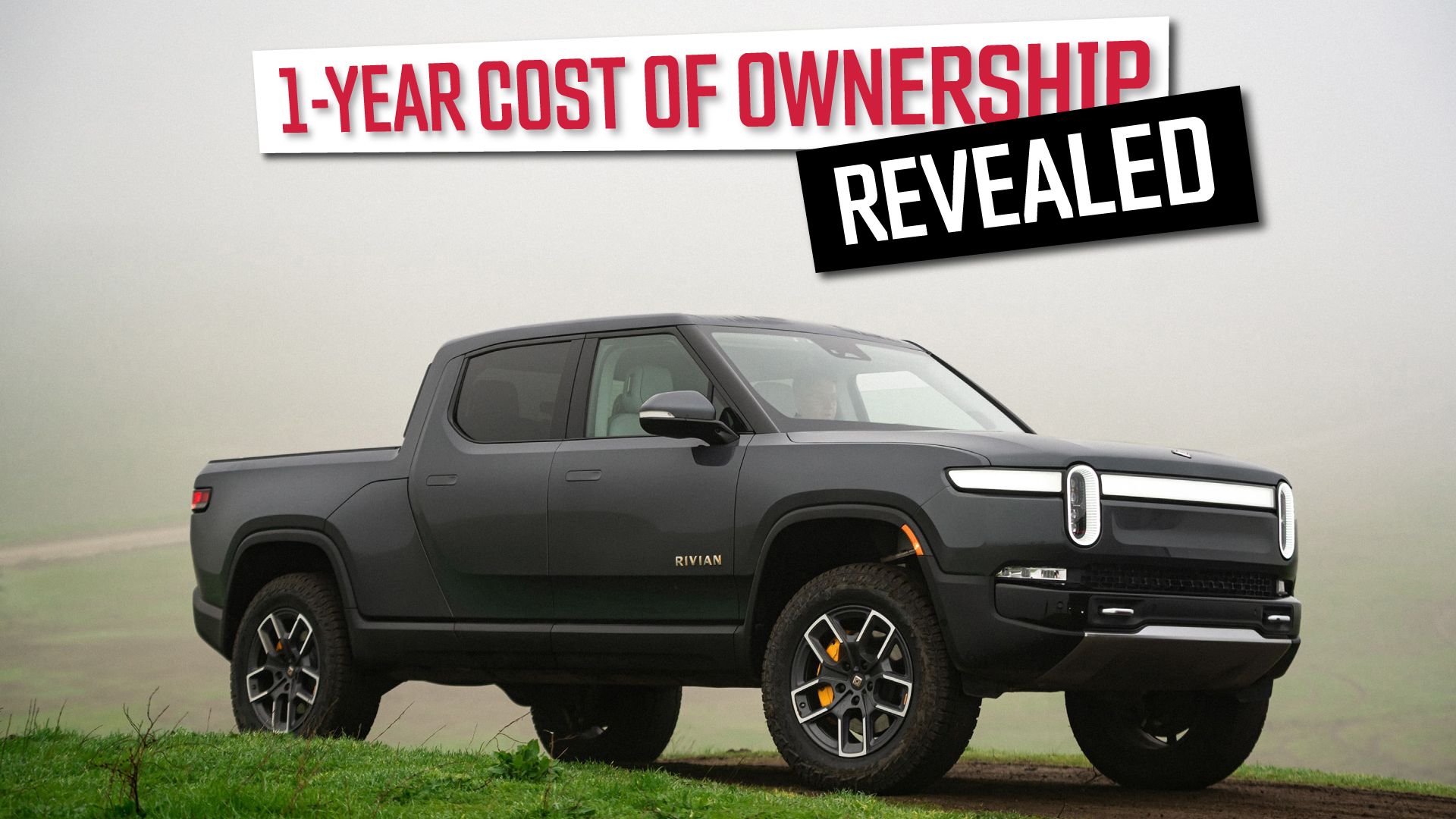
Related
Here’s What It Costs To Drive A Rivian R1T For A Year
Here’s what you can expect to spend on a Rivian R1T per year.
Even if we assume you’re claiming the full tax credit, you’re still coming out thousands of dollars ahead with an ICE-powered auto. As for hybrids, both HEVs and PHEVs typically cost less than an EV but more than a combustion-powered car up front, while making up the added cost with cheaper maintenance and better fuel economy over the long run.
People Like Electric Driving, But Not On Long Trips
EV infrastructure is growing, but it’s not nearly to the point where you can simply head out in any direction and trust that you’ll find a charging station before you run out of juice. In states like Alaska, Alabama, and Louisiana, charging stations are still pretty sparse, so you get a pretty stark sense of range anxiety when you’re making your way along those long highways through seemingly endless unpopulated land.
In a plug-in hybrid, you can go anywhere from 20, 25, or even 50 miles of range on battery alone, but that’s not your only option. The ability to drive on gas alone means that you’re no more likely to get stranded in a hybrid than you would in a conventional ICE-powered car.
Charging Is Still A Hassle
“Just get a home charger!” is a great suggestion if that’s an option. Some homes are only wired for low voltage and older homes generally can’t host a wall charger without extensive work to update the wiring. If you live in an apartment or a home without a garage, there’s really nowhere to install a home charger in the first place. When the best solution to the range anxiety problem is a solution that’s only available to some EV owners, that’s not much of a solution.
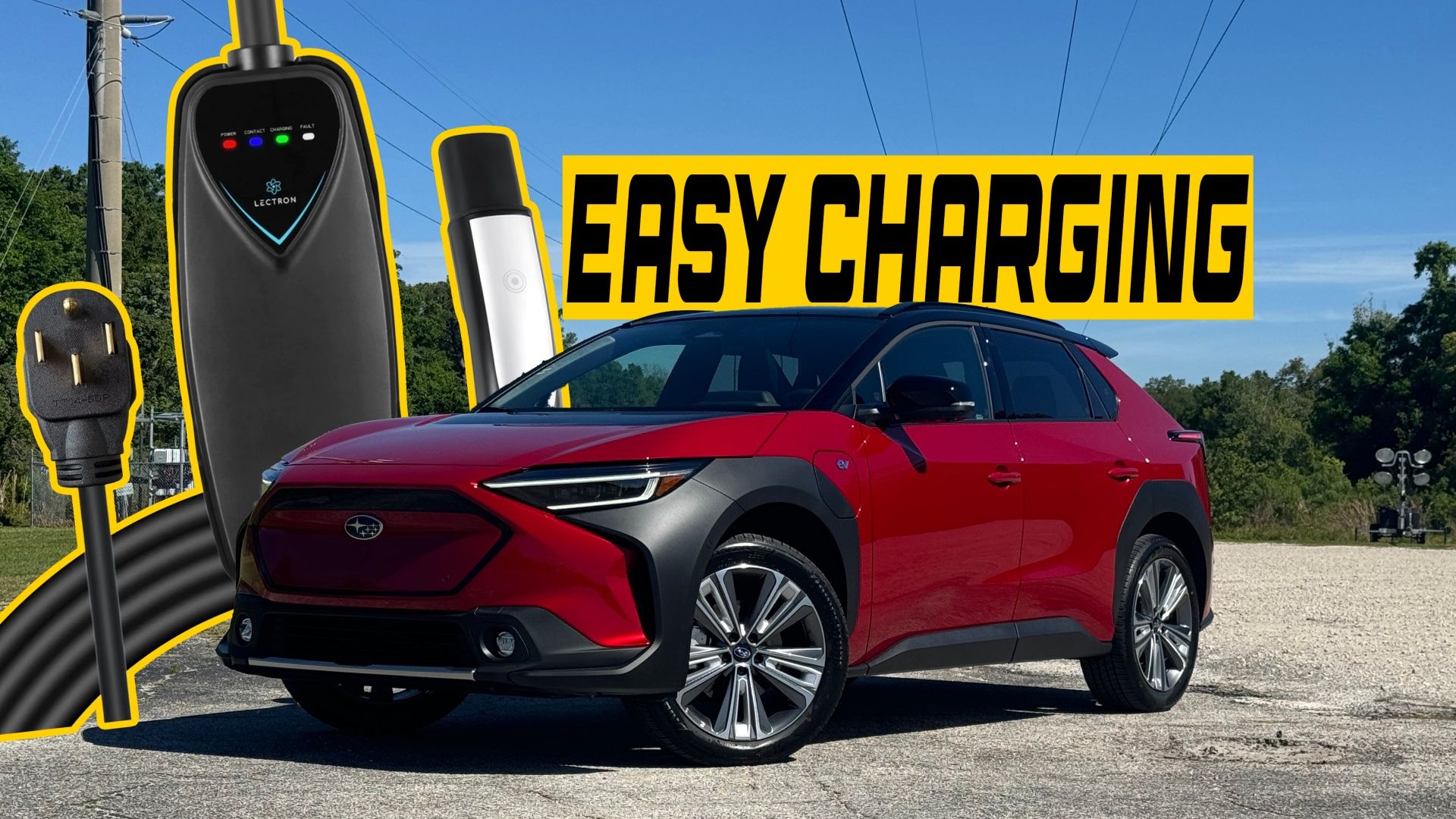
Related
Getting A Home Charger Ends The EV Ownership Nightmare
If you have a home charger, owning an EV goes from challenging to hassle-free.
In Alaska, the state with the worst coverage for EV charging stations, just over half of the population owns a home. Many of these homes are rural, depending on generators or low-voltage systems for power. So, if you don’t live in one of the more densely populated areas, like Juneau or Anchorage, where chargers are more common, an EV might just be a very expensive option for decorating your parking spot.
Smaller Battery, Less Risk
Are EV fires resulting from thermal runaways as common as the headlines make them out to be? Nope. But you can’t argue that they haven’t been a marketing disaster. Whenever one of these lithium-ion fires breaks out, it’s a spectacle and a media circus. The worry that an accident or a factory defect might result in ruptured cells overheating and burning the garage down has to weigh into public hesitancy to adopt fully electric vehicles.
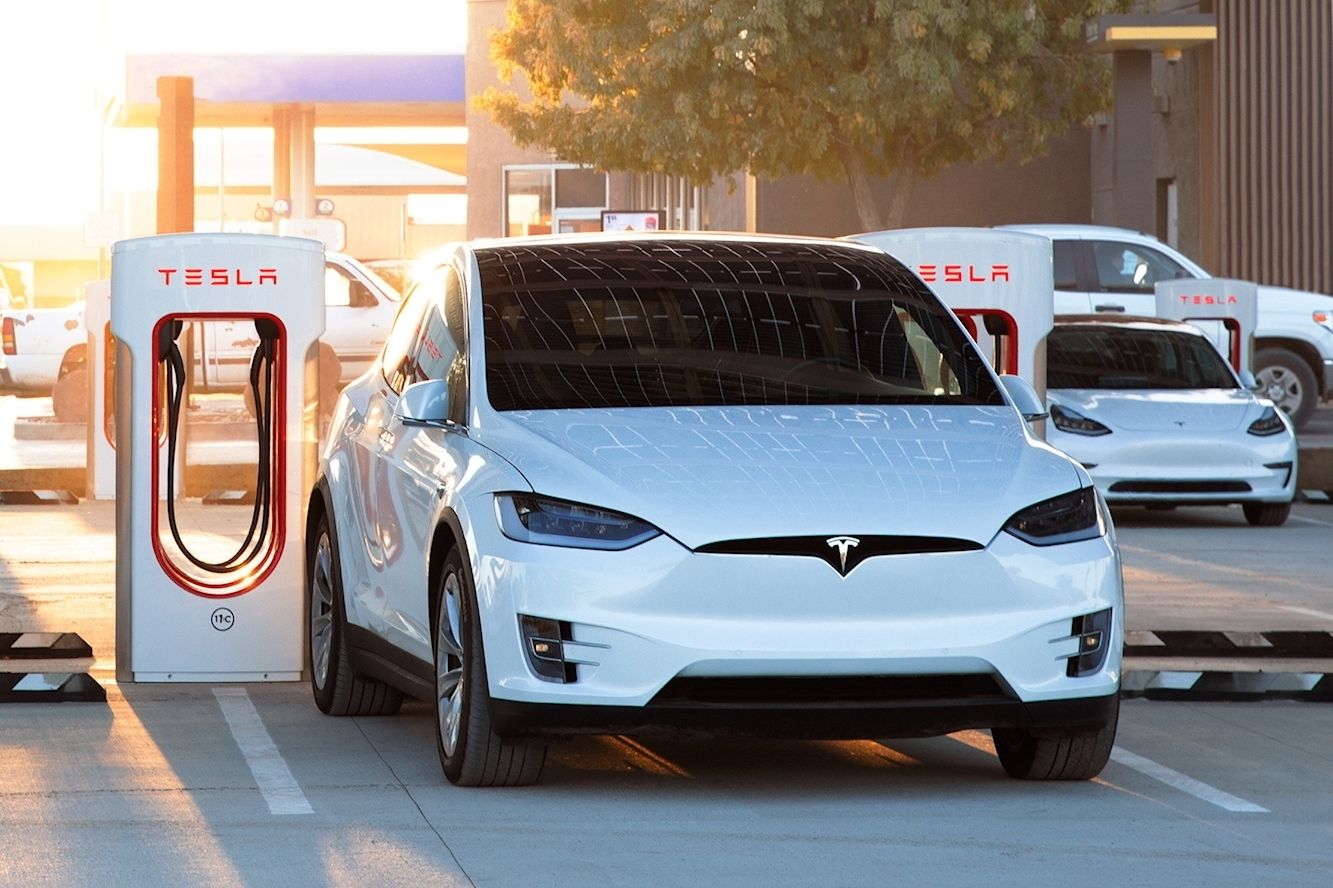
Related
Opinion: There’s No Such Thing As A Zero Emissions Vehicle
The emissions-free car is a myth.
The Toyota Prius Prime PHEV’s 13.6 kWh battery pack weighs around 290 pounds, which is right around the average squat weight for able-bodied young men. A 65.4 kWh battery pack like the one found in the all-electric Toyota bZ4X tips the scales at close to a thousand pounds. Lower energy needs mean a smaller battery pack, which means less lithium-ion parked in your garage. Smaller batteries also mean fewer minerals that need to be mined, which has been one of the downsides of EVs from the start.
Hybrid Torque Fill Makes An Engine More Responsive
Performance hybrids like the BMW 330e and the new Lamborghini Urus PHEV are marketed mainly on the advantages that HEVs and PHEVs offer for performance. Namely, hybrid torque fill. When you hear people talk about instant torque, this is what they’re talking about. Essentially, the gas-powered engine has to deal with inertia and momentum. An object at rest tends to stay at rest, after all.
Hybrid torque fill sees the electric motor instantly engage the wheels while the engine is still getting the crank mechanism in motion. This makes the car more responsive to driver input when it comes to acceleration and deceleration. An electric motor can also fill any torque gaps within the rev range, resulting in a much flatter torque curve.
PHEVs Are Eligible For Tax Credits If The Battery Is Big Enough
They keep changing the legislation surrounding that $7,500 tax credit, and last time we checked, only five fully electric vehicles qualified for the whole seventy-five hundred bucks. But that tax credit does extend to HEVs and PHEVs as long as their battery pack is 7 kWh or larger and the curb weight is under 14,000 pounds.
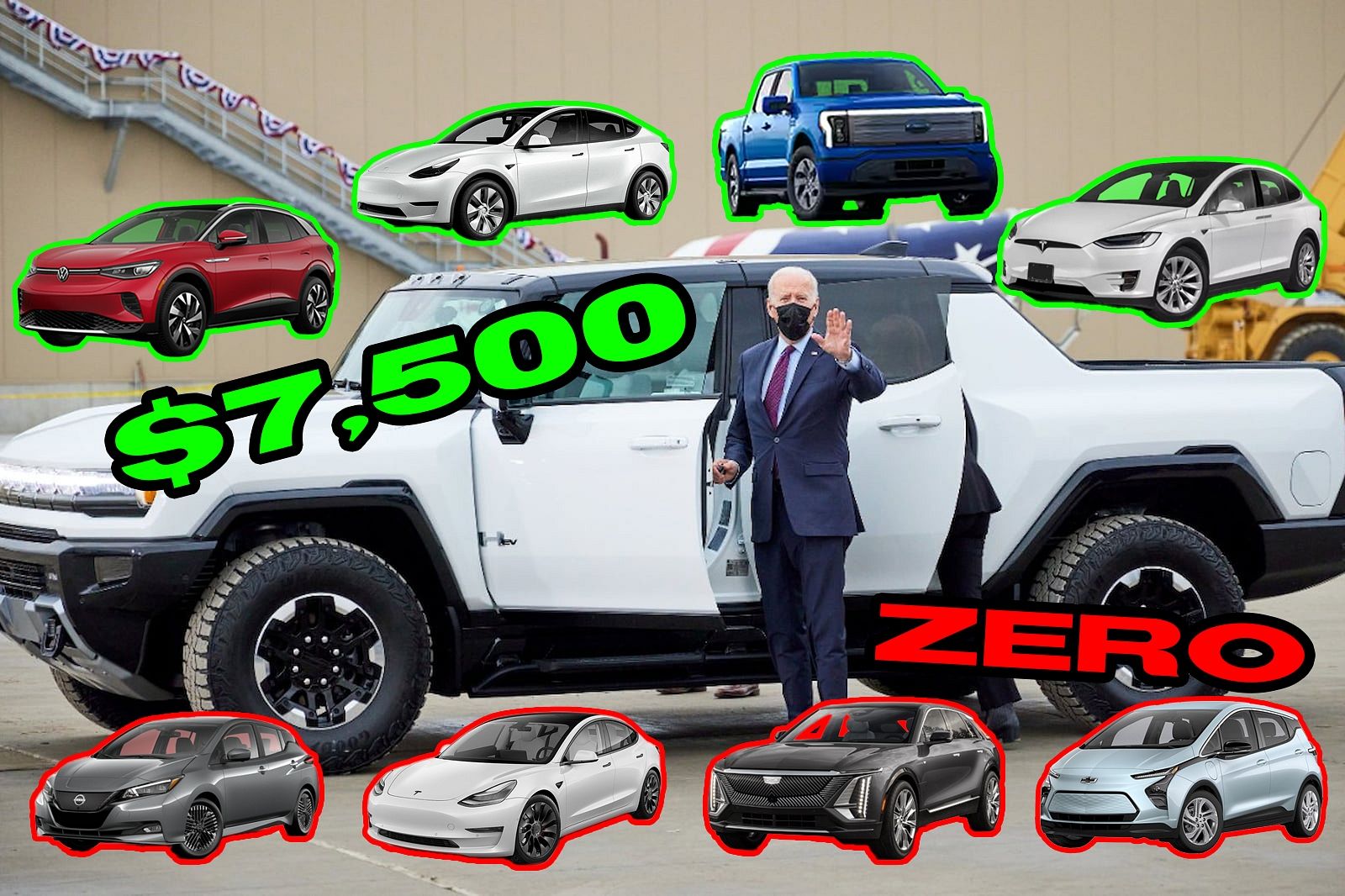
Related
Only 5 Cars Are Eligible For $7,500 EV Tax Credit
Just last year, it was 10 cars. Now, the number has been cut in half.
If you check with the EPA, they only have one plug-in hybrid listed for the full amount, the Chrysler Pacifica PHEV. But the $3,750 credit applies to several vehicles, including plug-in variants of the Jeep Grand Cherokee and the Wrangler, as well as the Ford Escape PHEV. That’s a nice saving that you can spend on optional extras, like the Technology Package for the Wrangler 4xe. It adds a larger touchscreen, all the latest connectivity features, and an Alpine premium sound system. And the best bit is that the government basically pays for it.
Hybrids Offer Many Of The Same Advantages As An EV
Ultimately, it comes down to this: for most drivers, a hybrid is just as good as an all-electric car when it comes to practical, everyday driving.
There’s plenty to be said in defense of all-electric vehicles. If they draw their power from a green energy source, they’re a lot more environmentally friendly. BEVs offer performance advantages that hybrids and ICE-powered vehicles simply can’t match. Total charging costs after a year come out to a fraction of what you’re spending hitting the gas station twice a week.
But none of that really matters to the average driver when you put it up against a hybrid. AAA estimates that the average American drives around 30 miles a day. A Prius Prime PHEV has a battery-only driving range of around 44 miles. For the driver who can go for weeks in their hybrid without burning a drop of gasoline, but also has the backup of an internal combustion engine, what does an EV really have to offer?
